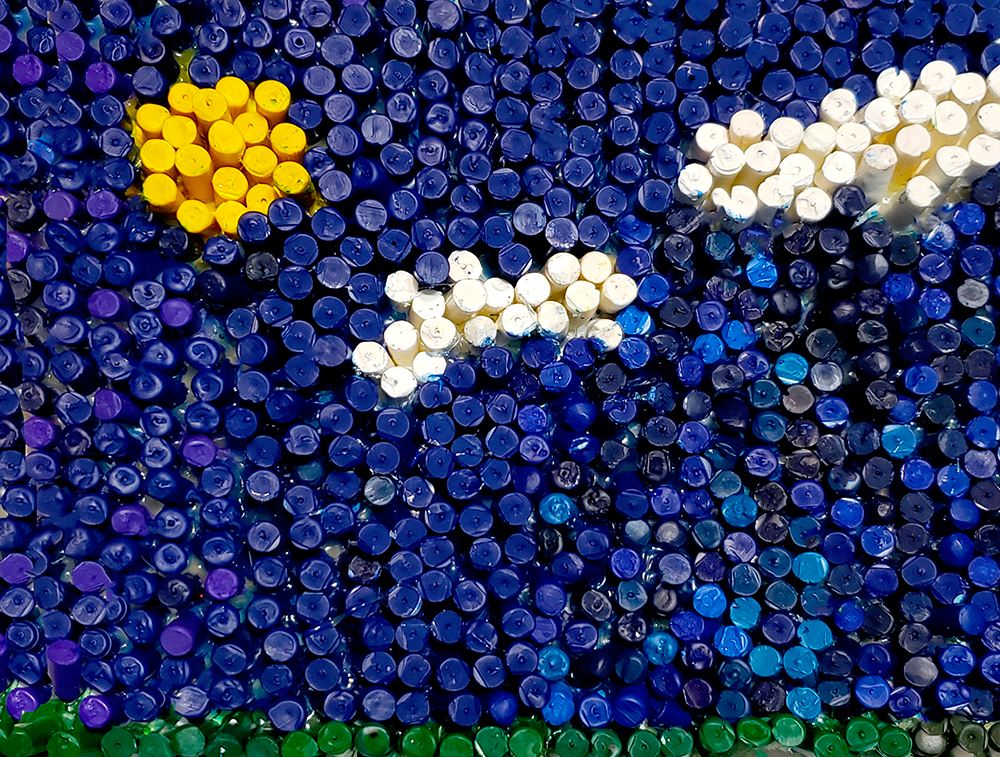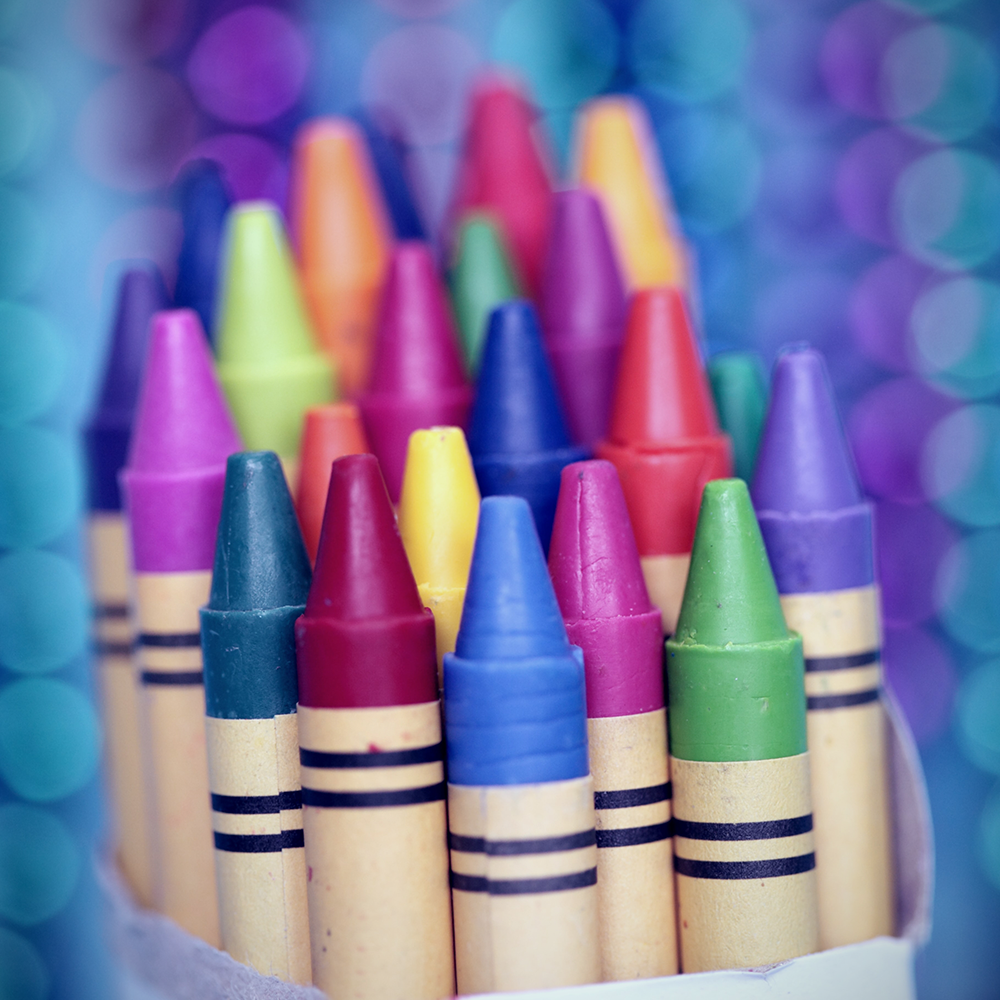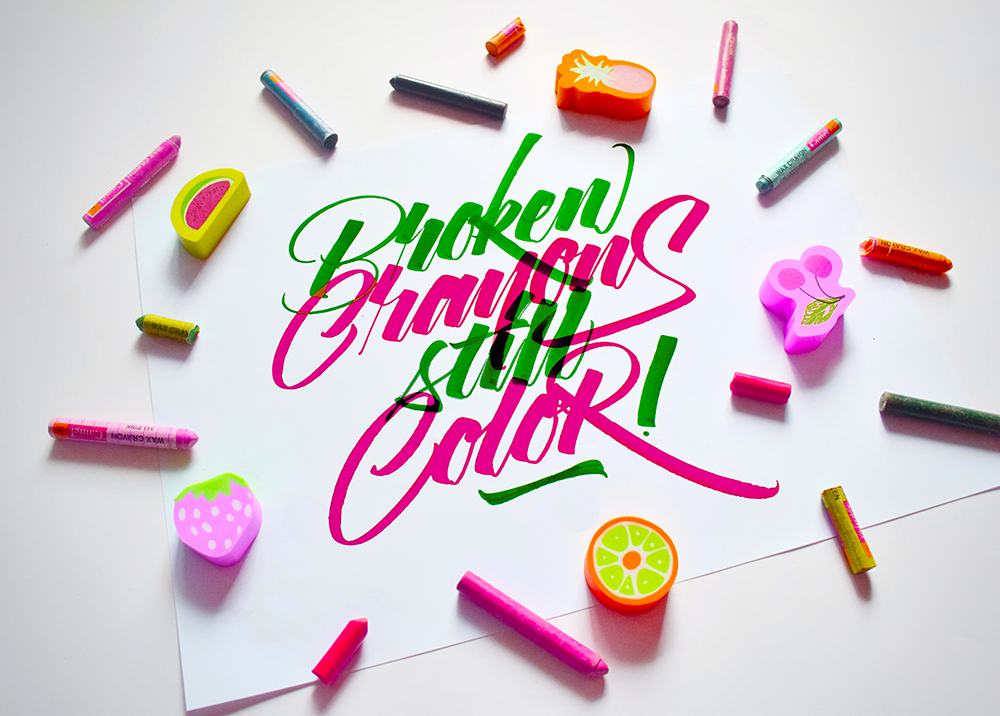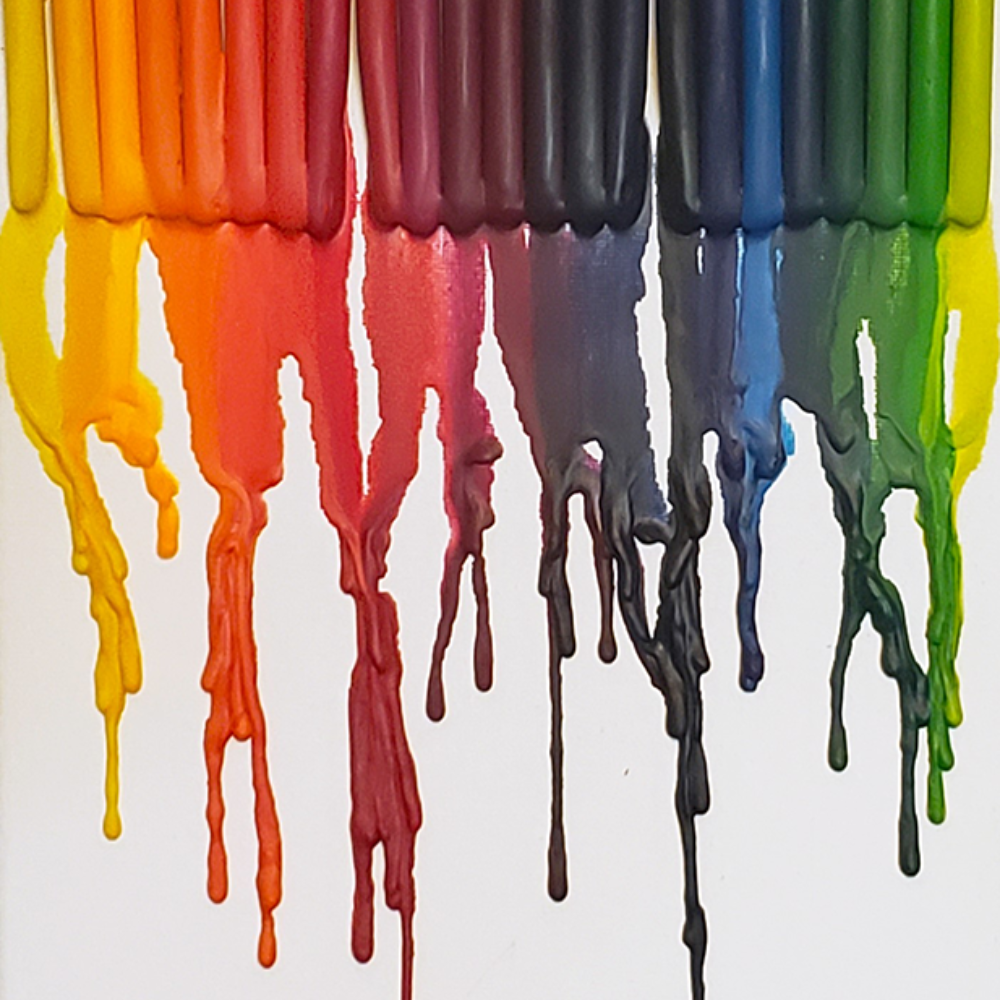Are you ready to transform ordinary crayons into extraordinary art?
Crayons are a staple in every child's art supply collection, but they are not just for drawing and coloring.
The process of melting crayons can transform broken crayons into new, custom creations or even become a form of art in itself.
Melting crayons can be an adventure in color and creativity, but not all crayons are created equal when it comes to achieving that perfect, smooth melt.
In this comprehensive guide, we'll explore the top contenders in the crayon world that are known for their melt-ability, ensuring your next project turns out as vibrant and flawless as you envision.
Let's explore what crayons melt the best, the science behind the melting process, and how you can use melted crayons for crafts and art.
Whether you're crafting custom candles, creating a melted masterpiece, or just curious about which crayons will give you the best results, we've got the answers to turn up the heat on your artistic endeavors!
Key Takeaways:
- Different brands and compositions of crayons melt at varying rates and temperatures.
- The crayon melting process can be used creatively for art projects, with safety precautions in place.
- Understanding the melting properties of crayons can enhance crafting experiences and outcomes.

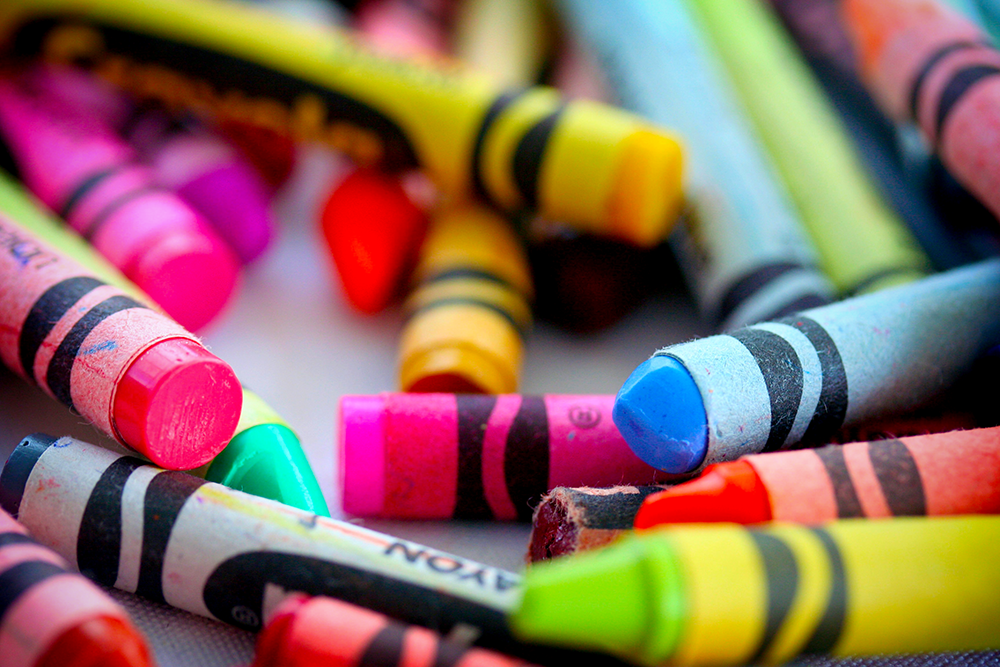
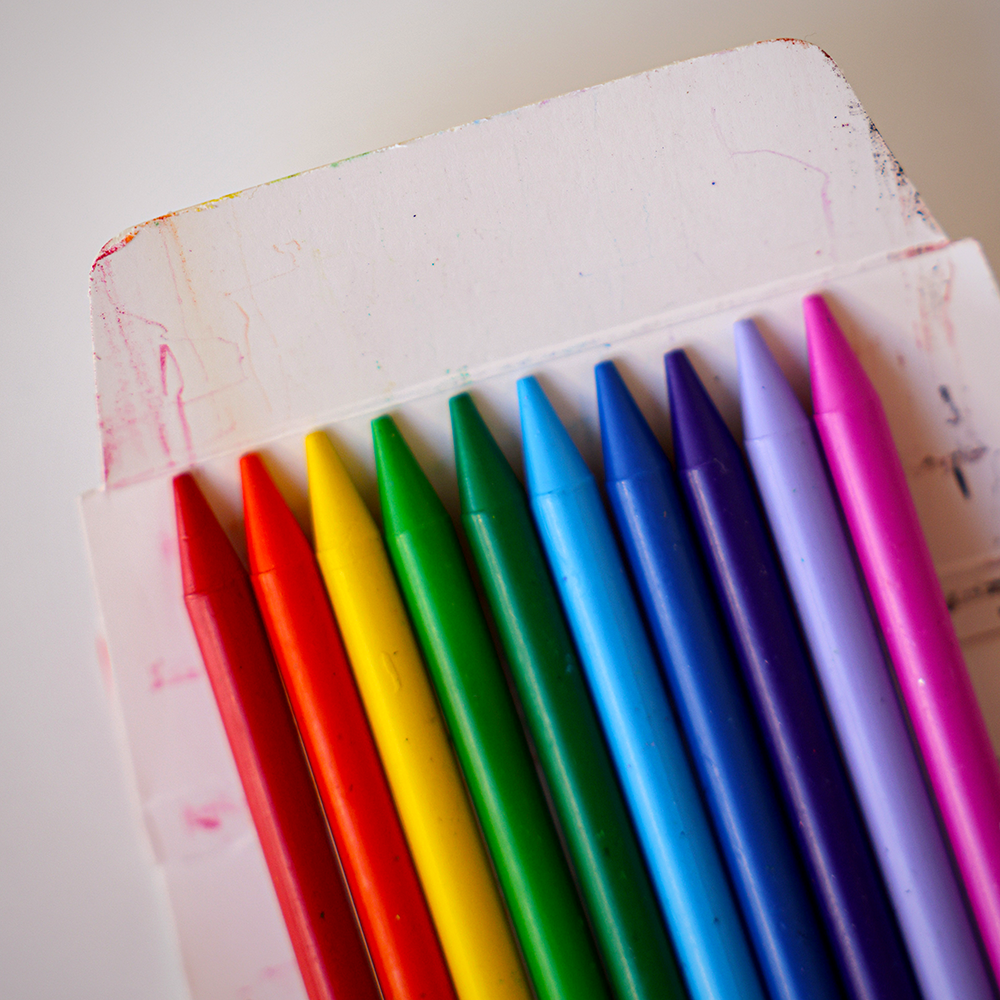
The Science of Crayon Composition
Crayons are primarily made of paraffin wax and color pigments.
Paraffin wax is a petroleum byproduct that is chosen for its ease of use and low cost.
The quality of paraffin wax can vary between different brands, which affects how crayons melt.
Higher quality paraffin tends to melt more evenly, resulting in a smoother melted crayon wax.
On the other hand, crayons with a higher concentration of cheap fillers may not melt as uniformly, leading to a clumpy texture.
Brand Matters in Melting
When it comes to melting crayons, the brand can make a significant difference.
Crayola, for example, is known for its consistent quality and melting properties.
Crayons from dollar stores or no-name brands often have different melting points and may not blend as well when melted.
This is due to the different formulations and amounts of paraffin wax and other additives used in their production.
The Impact of Wax Quality on Melting Dynamics
The quality of wax used in crayons significantly impacts their melting dynamics, which is a critical factor to consider when determining how many crayons are needed for a project.
High-quality crayons, often made with a more refined paraffin wax, tend to have a more consistent melting point and can provide a smoother melting process.
This uniformity is particularly important when creating art, as it allows for better control over the melting and blending of colors.
Conversely, lower-quality crayons may contain a mix of different waxes or a higher proportion of fillers, which can lead to uneven melting and unpredictable color blending.
When working with such crayons, artists might find themselves using more product to achieve the desired effect, as the inconsistency requires additional layers to obtain a uniform appearance.
Therefore, when planning a melted crayon art project, it's advisable to test the crayons beforehand to gauge their melting characteristics and adjust the quantity needed accordingly.
This preemptive approach can save time and resources, ensuring a more efficient and satisfying creative process.
The Role of Color and Consistency
The color of the crayon can also affect how it melts.
Darker colors, which have more pigment, tend to melt faster than lighter colors.
Additionally, the consistency of the crayon wax can vary, with some melting into a more liquid state and others remaining slightly thicker.
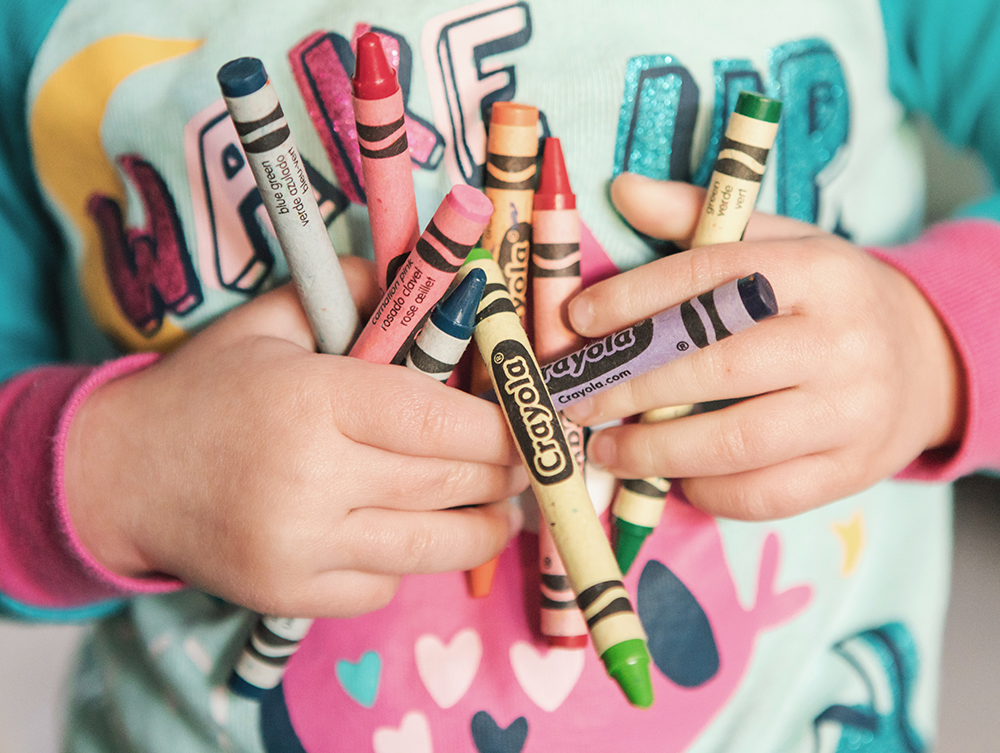

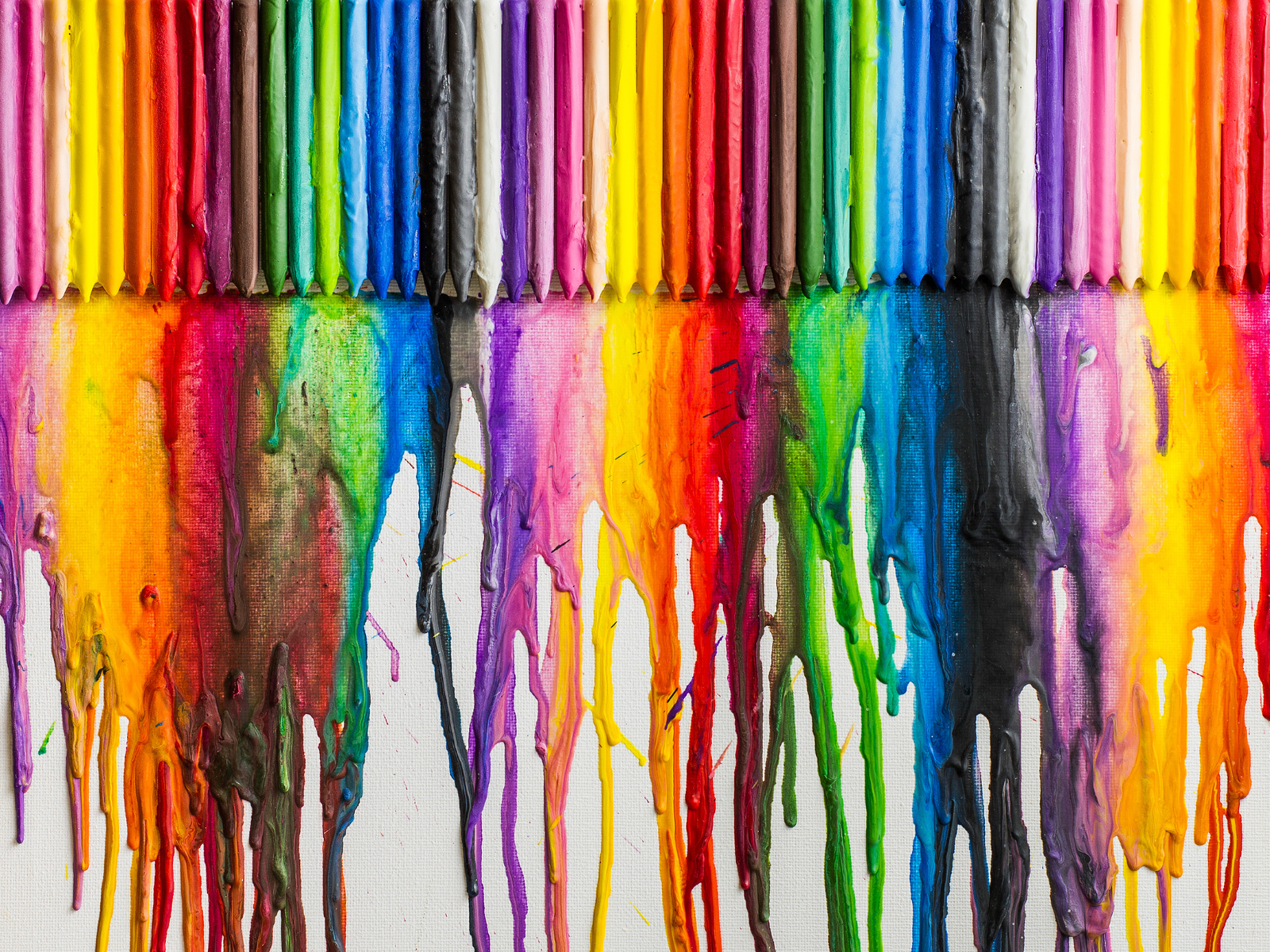
Preparing Crayons for Melting
Before you begin the crayon melting process, it's essential to prepare your crayons. Peel off the paper wrapping and break crayons into small pieces.
This helps them melt faster and more evenly.
If you're using old crayons, make sure they are clean and free from any debris that could affect the melting process.
Choosing the Right Heat Source
There are several different ways to melt crayons, each requiring a different heat source.
A common method is using an oven, where crayons are placed in muffin tins or silicone molds and heated until completely melted.
Another popular technique involves a hair dryer or heat gun to melt glue crayons onto a canvas, creating melted crayon art.
Melting Crayons in the Oven
To melt crayons in the oven, preheat it to a low temperature—around 200-250 degrees Fahrenheit.
Place crayon pieces in muffin tins or silicone molds, and bake them until the wax is completely melted.
This usually takes about 10-20 minutes, depending on the oven and the size of the crayon pieces.
The Double Boiler Method
For more control over the crayon melting process, a double boiler can be used.
This method prevents the wax from getting too hot, which can cause discoloration or burning.
Fill a pan with warm water, place a smaller pot or heat-safe bowl inside, and add the crayon pieces.
Stir gently as they melt to combine the colors if desired.
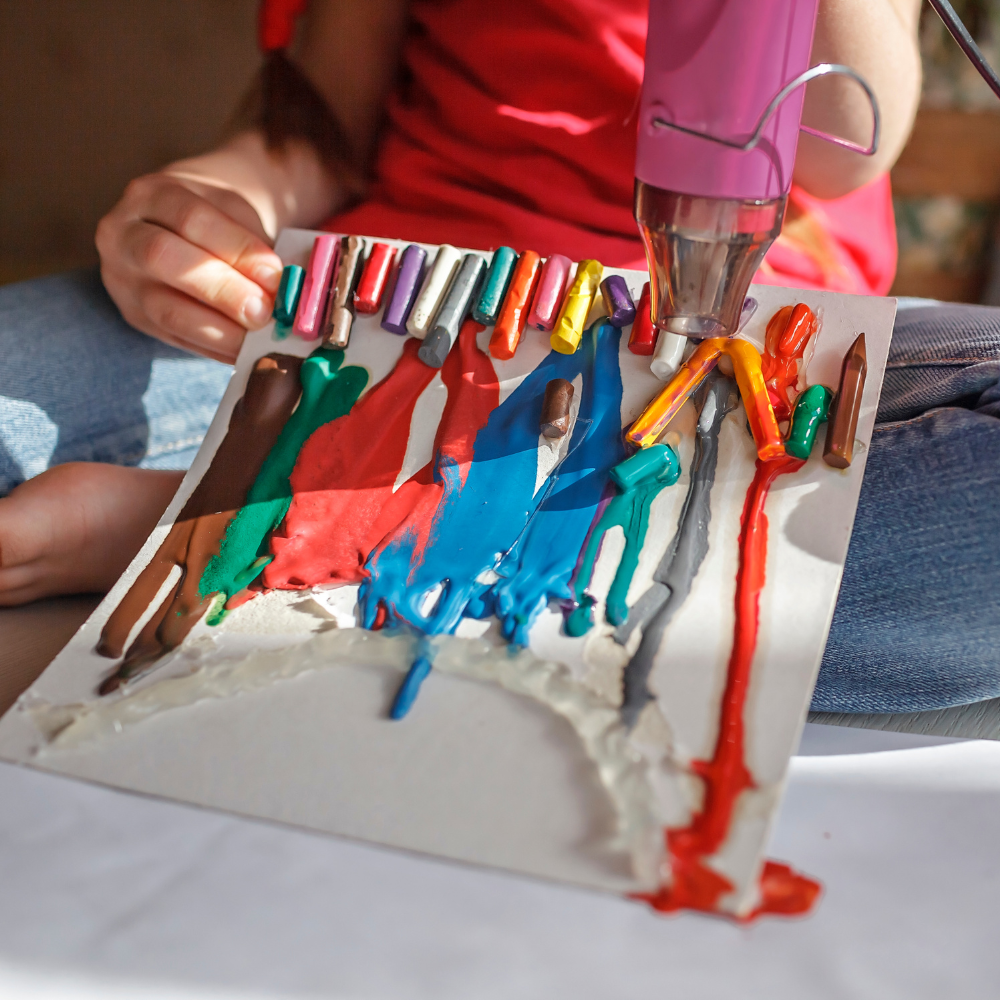
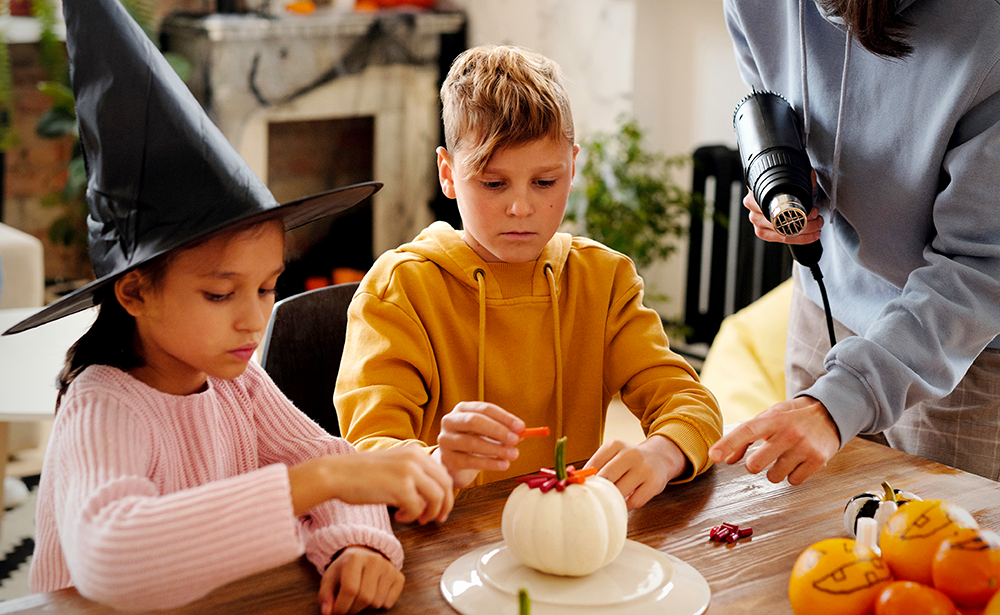
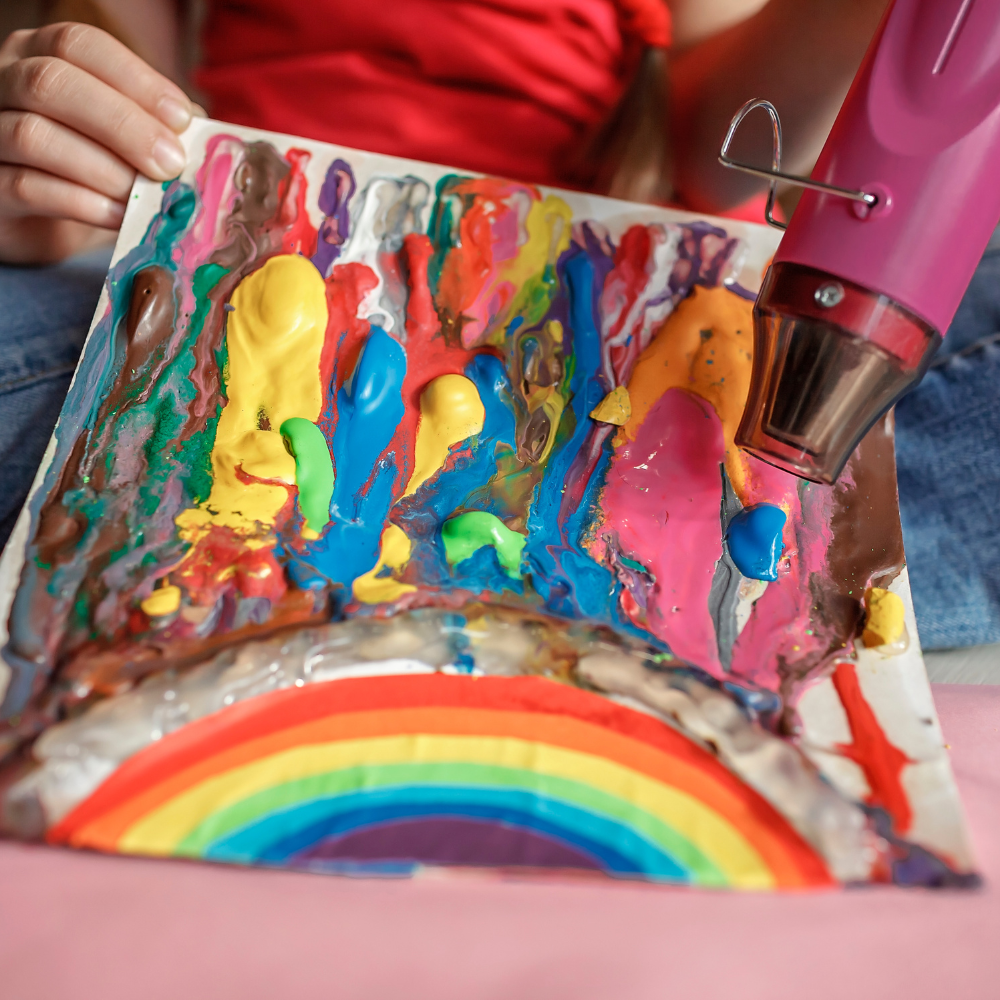
Customizing Crayon Colors and Shapes
Creating your own crayons is not only a fun experiment for kids but also a way to personalize color palettes and shapes.
By using a silicone mold or a muffin tin, you can melt down existing crayons and pour the liquid into these containers to set.
This process allows for the combination of different colors, leading to unique shades like a vibrant green or a deep orange.
Whether you're aiming for a rainbow effect or a solid one color crayon, the flexibility of this method encourages creativity and hands-on learning.
When melting crayons to form new ones, ensure that the crayons are melted completely before pouring into the mold.
This will prevent any unmelted chunks from affecting the final shape and consistency.
Once poured, let the new crayons cool and harden in a safe, hot place away from children's fingers.
The result is a set of custom crayons tailored to your artistic or educational needs.
These homemade crayons can be used to draw, paint, or even as gifts, showcasing the versatility and joy of creating something new from something old.
Melted Crayon Innovative Techniques & Projects
Melted crayon art takes on a new dimension when you experiment with different directions and methods.
For instance, using a paper cup to drip melted crayons onto canvas can create a dynamic, splattered look that's perfect for abstract pieces.
By tilting the canvas at various angles, the melted wax flows in different directions, creating interesting patterns and textures.
This technique can be particularly engaging for children, as it combines the thrill of experimentation with the tactile experience of working with wax.
Another innovative approach is to use an oven mitt to carefully tilt a muffin tin filled with melted crayons, allowing the colors to merge and swirl before they set.
This can produce a stunning marbled effect, ideal for crafting decorative objects or even new crayons with a multicolored twist.
The key is to let the wax cool slightly so it thickens but remains malleable.
This allows for more control over the final design, encouraging kids and adults alike to think outside the box and explore the artistic potential of melted crayons.
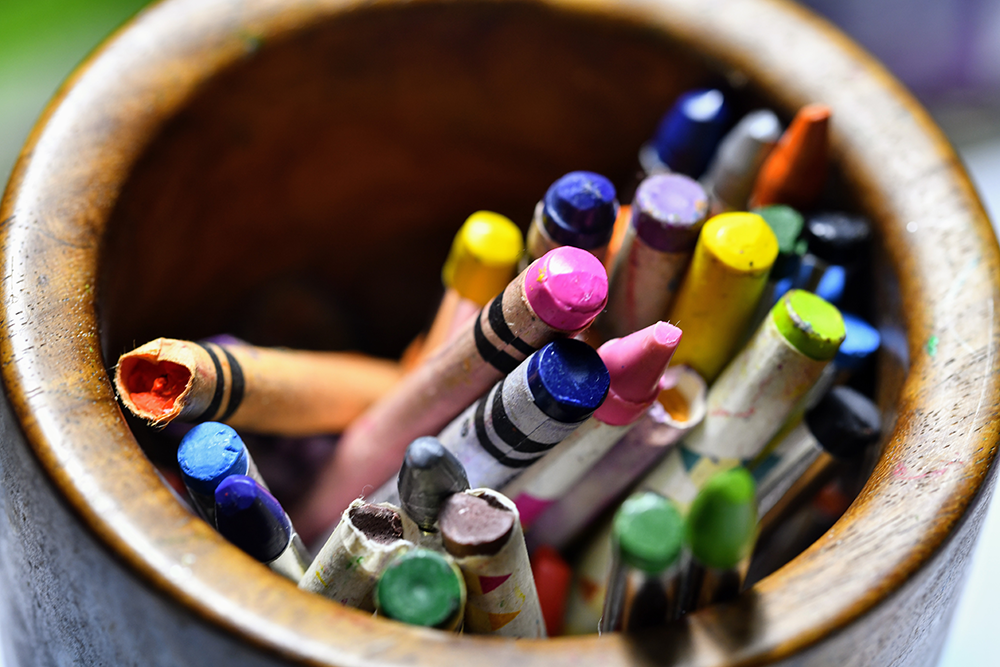

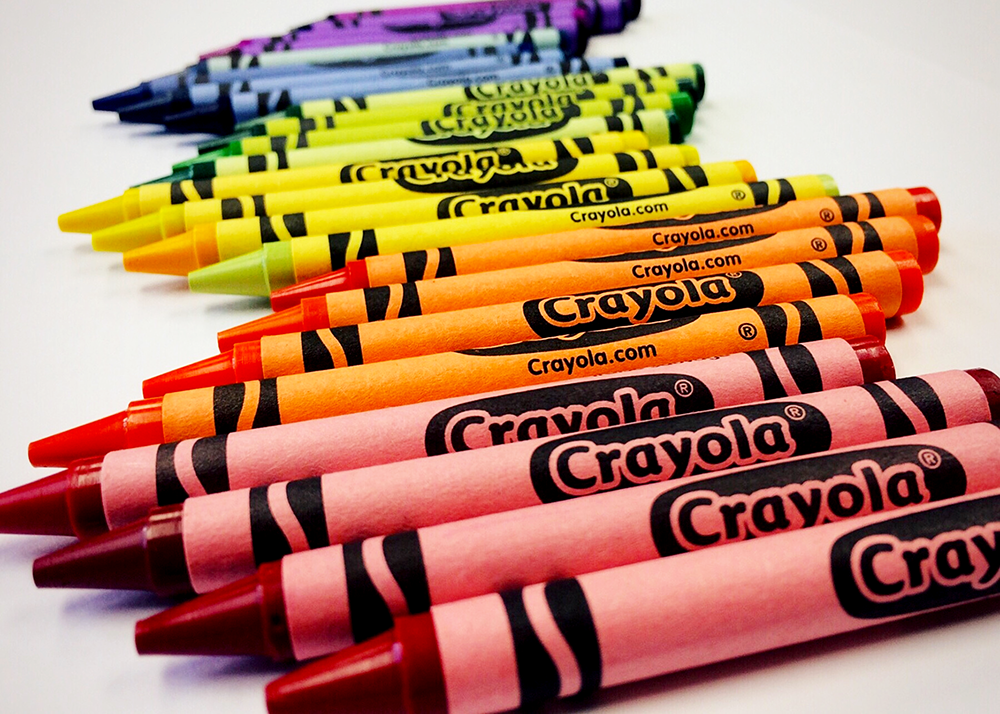
Lifespan of Crayons: Creation to Melting Point
When considering how many crayons one might need for a melting project, it's essential to understand the lifespan of a crayon from its creation to its melting point.
Crayons are designed to be durable, with a wax-based composition that allows for a long shelf life and sustained use.
However, the melting point of crayons is relatively low, typically around 105-128°F (40-53°C), which means they can transition from solid to liquid with moderate heat.
This characteristic is what makes crayon art projects so accessible and popular among various age groups.
The number of crayons required for a melting project can vary greatly depending on the scale and desired density of the final piece.
For instance, a small canvas might only need a handful of crayons, while a large-scale installation could require hundreds.
When planning a project, it's crucial to estimate how many crayons will be needed to cover the intended area fully.
This estimation not only ensures that the project can be completed without interruptions but also helps in budgeting for materials.
By understanding the melting behavior of crayons, artists can better prepare and execute their creative visions.
Creating Melted Crayon Art
Melted crayon art is a fun and creative way to use melted crayons.
By strategically melting crayons with a hair dryer, you can direct the flow of the wax across a canvas, creating abstract pieces or more controlled designs.
Darker colors often provide a more vivid result, and layering different colors can create a dynamic effect.
Safety Precautions
When melting crayons, it's crucial to keep safety in mind.
Always use oven mitts when handling hot materials, and work in a well-ventilated area to avoid inhaling any fumes.
If using a hair dryer or heat gun, keep it moving to prevent overheating any one area.
Experimenting with Different Techniques
Experimenting with different melting techniques can yield various results.
For instance, melting crayons on wax paper with an iron creates a smooth, thin layer of wax that can be used for crafts.
Alternatively, using a microwave to melt crayon shavings between layers of wax paper can create a stained-glass effect.
Crafting with Melted Crayons
Once you've melted your crayons, the possibilities for crafting are endless.
You can pour the melted wax into candy molds to create crayons in different shapes, or use cookie cutters to make unique designs.
Melted crayon wax can also be used to make candles or to seal letters in a traditional style.
The Fun of Mixing and Matching
Mixing different brands and colors of crayons can lead to exciting discoveries.
Some crayons may melt together to create new colors, while others might resist blending, giving a marbled effect.
The fun lies in the experimentation and the unique results that come from mixing and matching.
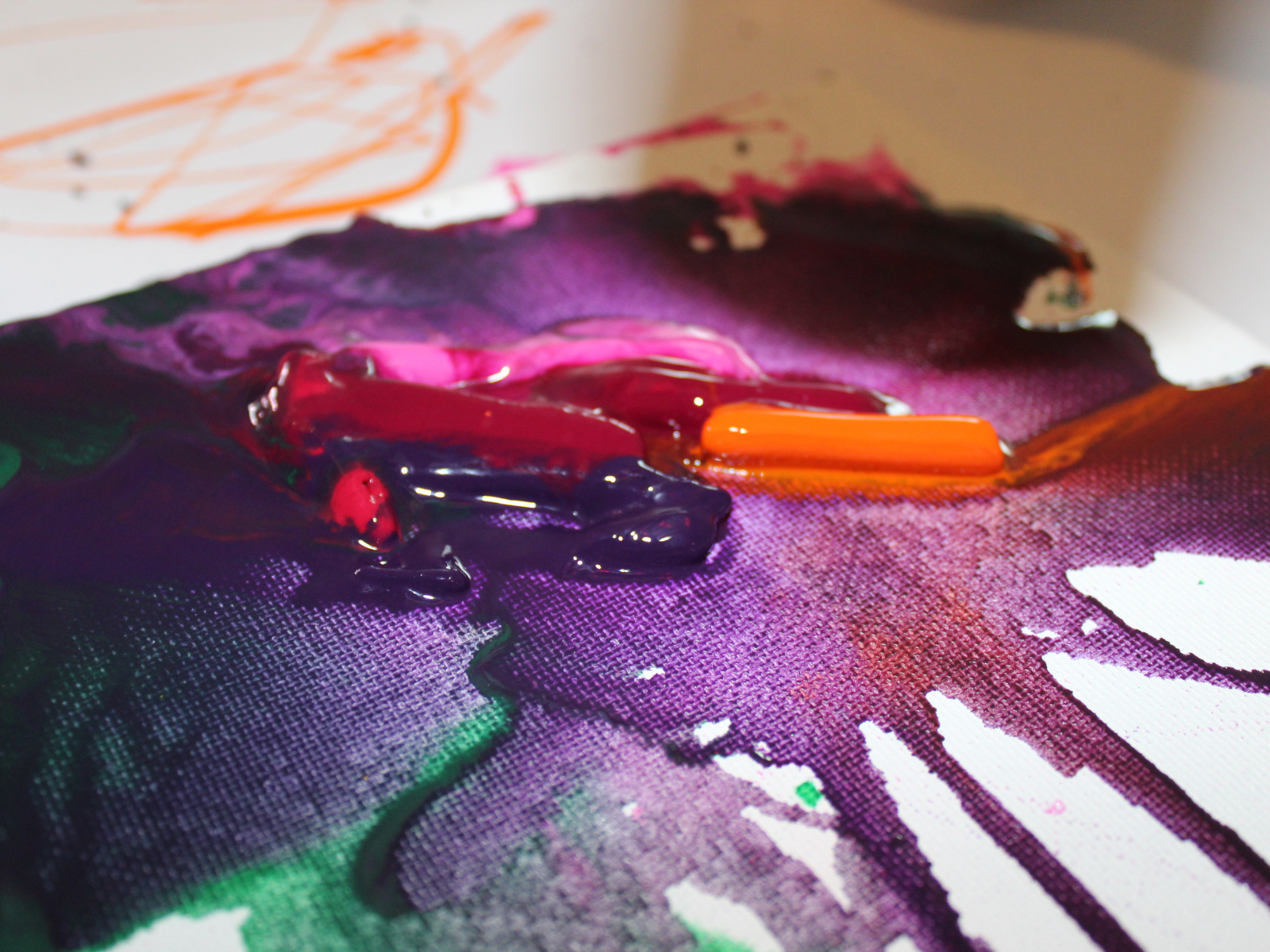
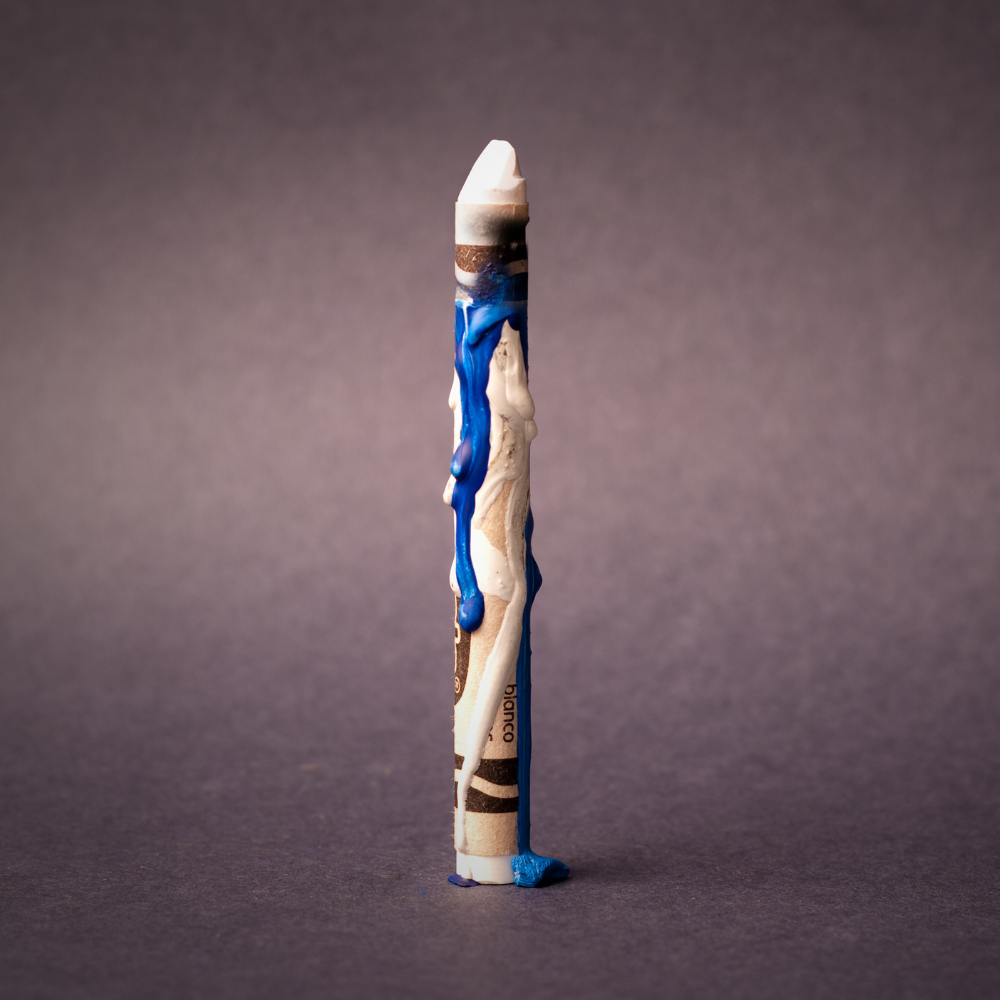
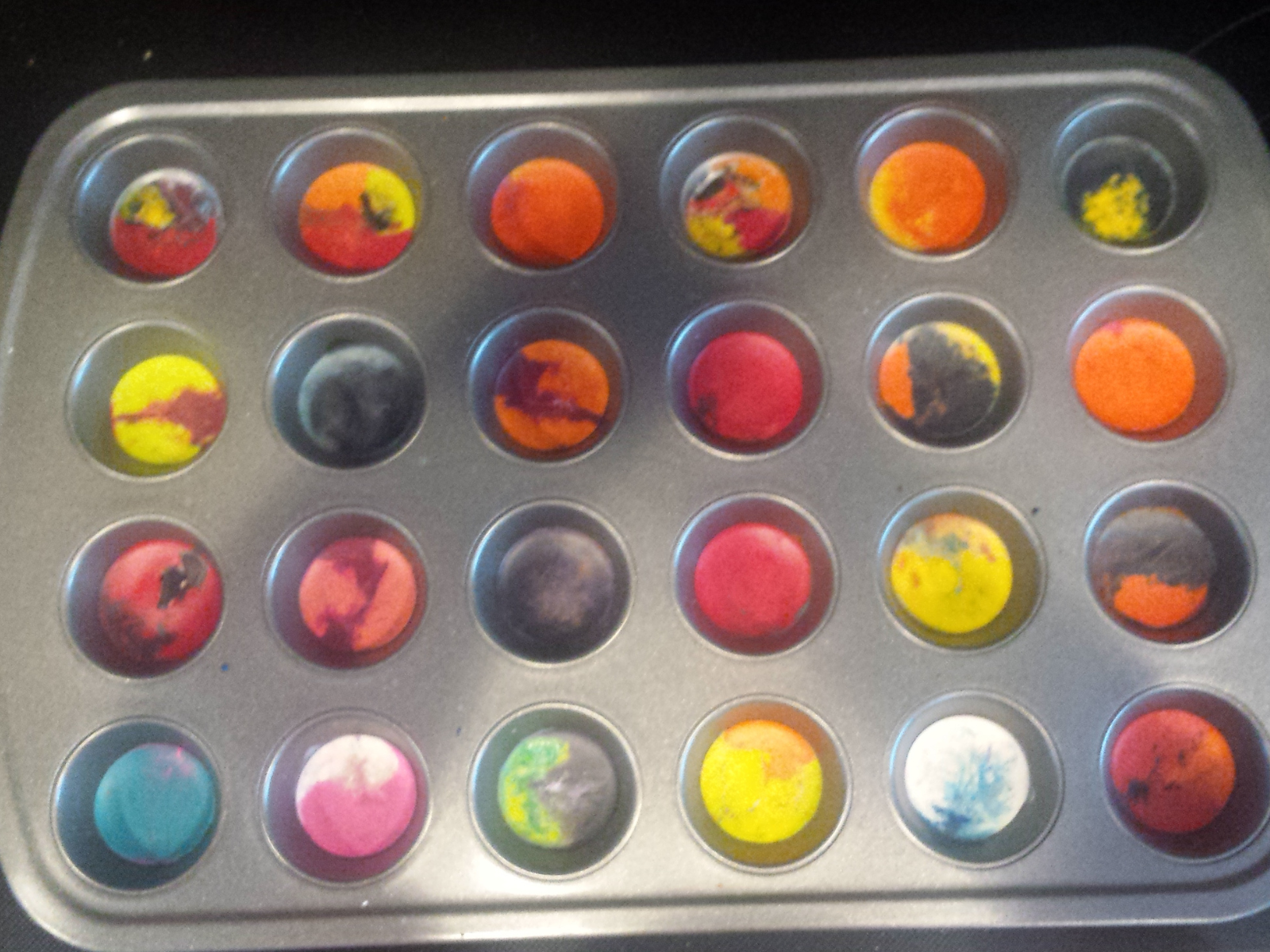
Master the Melt: Crafting Colorful Creations
In the vibrant world of crayon art, knowing which crayons to choose for that perfect melt can make all the difference.
High-quality crayons with a good composition of paraffin wax, like those from reputable brands such as Crayola, tend to melt more evenly and predictably.
The melting process can be done in several different ways, including in the oven, with a double boiler, or using a hair dryer for art projects.
Safety should always be a priority, and experimenting with different techniques and colors can lead to unique and fun creations.
Armed with the knowledge of top-quality crayons and the best melting methods, you're now ready to embark on a journey of colorful exploration.
Remember, the key to a mesmerizing melt lies in the quality of the crayon and your adventurous spirit to experiment with heat and hues.
So, grab your Crayolas, fire up your creativity, and let the melting begin!
With safety as your guide and imagination as your compass, the possibilities are as endless as the rainbow.
Now, go forth and craft your masterpiece with the confidence of a melting maestro!

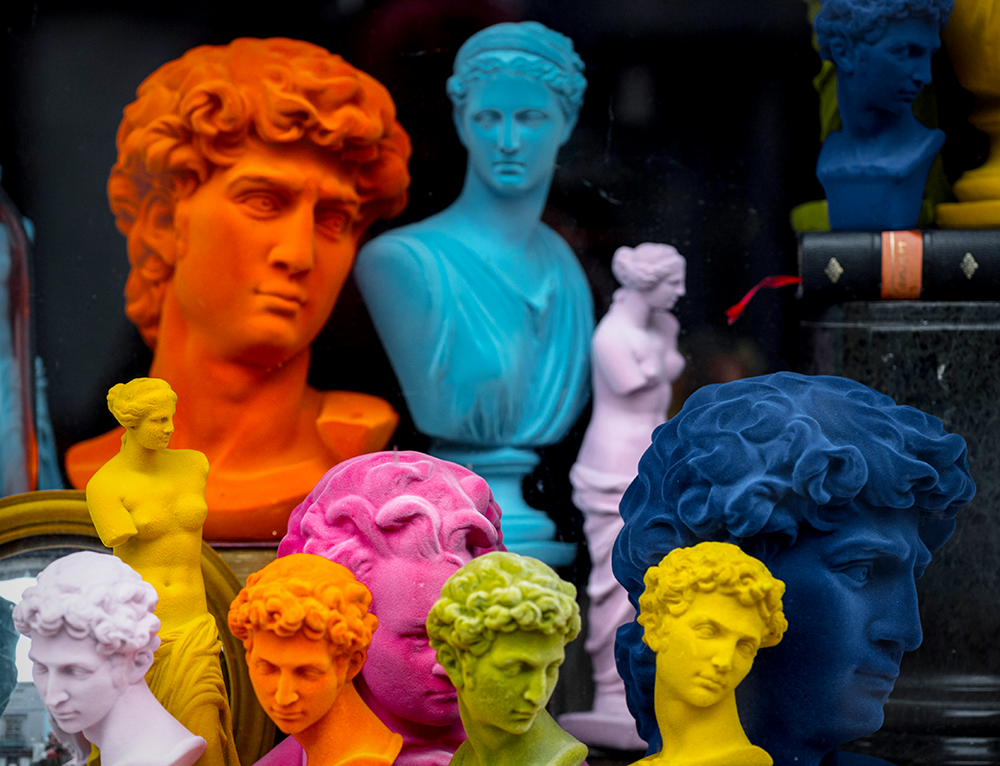

Crayon FAQs
Welcome to the vibrant world of crayon art, where the possibilities are as endless as your imagination!
Whether you're a seasoned artist or a curious beginner, crayons offer a unique medium to express creativity and bring colorful ideas to life.
But as with any art form, questions arise, especially when venturing into new techniques like melting crayons for crafting or creating textured masterpieces.
That's why we've compiled a handy FAQ section to address some of the most common curiosities and concerns you might have about working with crayons.
From melting methods to safety precautions, we're here to help you navigate the ins and outs of crayon art, ensuring your artistic journey is both enjoyable and safe.
Let's dive into some of the frequently asked questions that might be tickling your brain as you embark on your crayon exploration!
Can all types of crayons be melted?
Most crayons, which are made of paraffin wax, can be melted. However, some crayons may have different compositions and might not melt as expected. It's best to test a small sample if you're unsure.
How can I prevent crayons from burning while melting?
To prevent crayons from burning, use a low heat setting and keep a close eye on the melting process. Using a double boiler can also provide more control over the temperature.
Is it safe to melt crayons in the microwave?
While it is possible to melt crayons in the microwave, it's not the recommended method due to the risk of overheating and potentially releasing toxic fumes. If you choose to use a microwave, do so with caution and in short intervals, checking frequently.



Looking to get creative with crayons? Check out 5-Minute Crafts' video!
Want even more content about creativity and art?
Be sure to check out all of our creative chronicles!
Love crayons?
Check out some of our other articles:
-How do you stick crayon to canvas?
-How do you make easy crayons?
-What are the two main ingredients to make a crayon?
-What crayons do professionals use?
